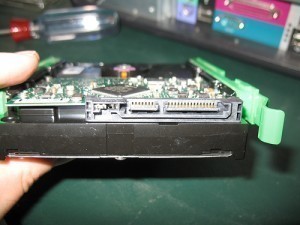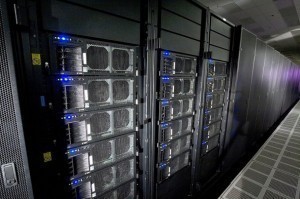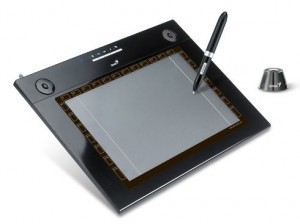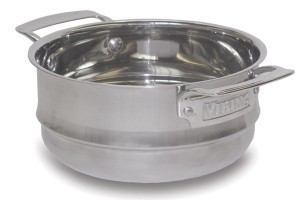Size of Sata Hard Drives
SATA hard drive sizes for PCs are capable of reaching 500 GB. There are some models that have capacities of 1 terabyte. But those are not widely available yet.
Overview
SATA stands for Serial Advanced Technology Attachment. The term refers to an interface used for linking computers onto hard disks and other storage devices. The interface was released in 2002 to replace the parallel ATA (PATA). It quickly rendered the ATA obsolete due to its speed.
The 1st generation drives have a data transfer speed of 1.5 gigabits per second. The 2nd generation interfaces were unveiled in 2003. They have a 3 gigabit per second transfer rate. In 2008, the transfer rate increased to 6 gigabits per second.
Features
While the SATA hard drive sizes vary, they always have fewer wires than their predecessors. The old PATA cables are thick and bulky by comparison. The SATA also takes up less space. In turn, this improves the flow of air inside a computer.
Unlike other interfaces, these can be hooked up to a computer while it is running. These hard disks employ a 7 pin connector. Connectors and hard disks that use SATA are always indicated clearly.
SATA 300 and SATA 3G
Both of these indicate the speed which the hard disk is moving the data. The 300 and the 3G denote the 2nd generation SATA hard disks. Revision 2 runs around 300 megabytes every second. This is often expressed as 3.0 gigabits per second. The 3G and 300 are the same but they are stated differently.
Eight bits is equal to byte. One gigabit is equivalent to 128 megabytes or 1000 megabits. When speaking of 3G, it refers to the drive transfer data. In this case, that is 3.0 gigabits per second.
When speaking of the 300, it is expressed at 300 megabytes per second. But they point to the same thing. Both the 300 and 3G are linked to computers using power cables specifically designed for that purpose.
Performance
The SATA revision 2.0 handles data at double the speed of the Parallel ATA (PATA) drives. All versions of the SATA permit hot swapping. Simply put, you’ll be able to replace the disk without having to reboot the computer.
Like other computer storage devices, the SATA hard drive sizes are only going to increase. Although there is competition from other technologies, it is likely that this interface will be used for a while.





